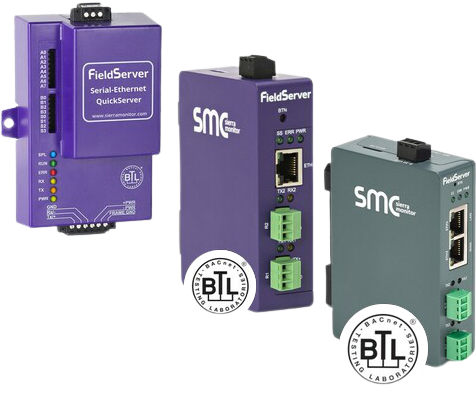Internal Water Treatment for Boiler Water Systems
In most of the boiler systems, external water treatment is the first step for removing impurities from the boiler water supply. Even after going through the best possible external treatment, boiler feed water still needs to be treated inside the boiler system. Internal boiler treatment is necessary to play down the possibilities of catastrophic failure or any other unfavorable effect.
“Internal treatment can constitute the unique treatment when boilers operate at low or moderate pressure, when large amounts of condensed steam are used for feed water, or when good quality raw water is available."
This method of water treatment is employed to meet following basic objectives:
- Provide protection against corrosion, scaling and foaming
- Remove hardness from the water
- Conditioning of sludge or any other suspended substance (like iron oxide) in the boiler system.
- Remove oxygen content from the boiler feed water and maintain sufficient alkalinity for fighting against corrosion.
An internal boiler water treatment method must be capable of performing not only in normal balanced working conditions but also in times of periodic disturbances which can introduce large amount of impurities into the boiler, for example leakage from an ion exchanger.
SLUDGE CONDITIONING
Two important methods used for conditioning of sludge within a boiler system are explained below:
Coagulation
This method of sludge conditioning is mainly used in cases of high feed water hardness in which the total quantity of sludge happens to be quite high. In this method, the sludge inside the boiler is coagulated to produce large flocculent particles which can be easily disposed off via blow-down. “The coagulation can be obtained by careful adjustment of the amounts of alkali's, phosphates and organics used for treatment, based on the fee-water analysis."
Dispersion
This method is primarily used in cases of low feed water hardness in which the total quantity of sludge happens to be relatively low. In this method, a large amount of phosphates is utilized for water treatment. These phosphates tend to make divided sludge particles. “A higher percentage of organic sludge dispersants is used in the treatment to keep the sludge particles dispersed throughout the boiler water.”
WATER CONDITIONING PRODUCTS
The most common products added to the boiler water for its treatment and conditioning are listed below:
Phosphates-dispersants, polyphosphates-dispersants
These are the basic softening chemicals which are used to reduce the hardness effect of the water. They tend to react with the alkalinity of the feed water and produce tricalcium phosphate which is an insoluble compound that can be discarded out of the boiler system at regular intervals via the system base.
Natural and Synthetic Dispersants
They are popularly referred to as anti-scaling agents. They have the ability to augment the dispersive nature of the conditioning products. Examples of both types of dispersants are given below:
- Natural polymers which mainly include lignosulphonates and tannins.
- Synthetic polymerswhich consist of products such as polyacrilates, maleic acrylate copolymer, maleic styrene copolymer and polystyrene sulphonates etc.
Sequestering agents
These products generally behave like inhibitors and apply a threshold effect, for example, inorganic phosphates.
Oxygen scavengers
- Sodium sulphite
- Tannis
- Hydrazine
- Hydroquinone or progallol-based derivatives
- Hydroxylamine derivatives
- Ascorbic acid derivatives
The selection among the above mentioned products and their dosage mainly depends upon the presence or absence of a deaerating heater. All these products are capable enough to eliminate oxides and dissolved oxygen present in the boiler water. Besides, most of them have the ability to passivate boiler metal surfaces.
Anti-foaming agents
These are also known as anti-priming agents. They are prepared from a mix of surface-active agents and have the capability to change the surface tension of a fluid. Moreover, these agents help in eliminating foam and avert the possibility of fine water particles transfer to the steam.
SOFTENING CHEMICALS
Some of the major softening chemicals used in the treatment of boiler feed water consist of:
- Soda ash
- Caustic
- Different kinds of sodium phosphates
The softening chemicals combine with calcium and magnesium compounds present in the feed water to form a chemical reaction. There are basically two ways of adding softening chemicals into the boiler feed water i.e. continuous feeding and intermittent feeding. The selection between the two methods is done based upon many factors such as boiler water hardness etc. In cases where softening chemicals need to be added for providing protection against scale and corrosion or eliminating dissolved oxygen, the best method would be continuous chemical feeding in the boiler feed water system. On the other hand, when these chemicals are employed to avoid condensate system corrosion then they may be added directly to the steam or boiler feed-water system based upon the particular type of chemical used. However, in majority of the cases, continuous method of chemical feeding is usually chosen over intermittent method.
Did you know that we also do Modbus Integration Solutions?
Chipkin has Modbus solutions for almost every situation. We are experts in Modbus RTU/TCP communication and carry a wide variety of Modbus products:
